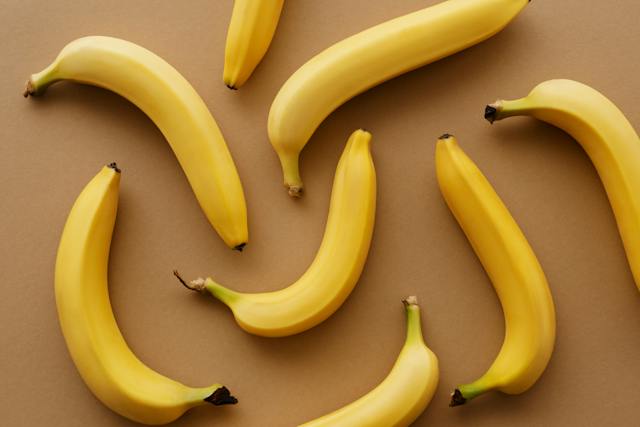A month of devastating weather is set to impact banana quality and supply from far north Queensland, a veteran farmer has warned.
But Diane Sciacca, who has grown bananas for almost 40 years, hopes consumers will understand and support the industry in their time of need.
Record rainfall and flooding caused by Tropical Cyclone Jasper last month is still impacting supply chains in Australia’s largest banana growing region.
Bananas are farmed commercially in NSW, Western Australia, the Northern Territory and Queensland.
But the far north’s Tully, Innisfail, Lakeland and Atherton Tablelands account for 94 per cent of banana growing areas.
Ms Sciacca says trucks are taking twice as long to navigate rural roads that have been severely damaged or closed in the recent storms.
Combine that with constant rainfall and ensuing strong winds, quality of bananas could also be impacted.
“What’s happening is all of that supply chain is taking twice as long,” she told AAP.
“So there’s this added cost because they’re having to go around out to the west to get back in and I know that there’s been extra cost added on because the freight companies have doubled the time factor in getting there.
“It’s very important that the consumer is aware of all these added costs, even though it may not be direct on farm, you’ve still got these massive infrastructure costs.”
Ms Sciacca said her property had been impacted briefly by flooding but the pain has been felt further north around the Tablelands near Cairns.
Quality issues with bananas over the coming weeks could be felt due to flooding and bag rub.
The latter occurs when a protective bag that shields bananas from pests, insects and the sun rubs against the fruit causing abrasions to its skin, affecting quality.
“We will see some light quality issues with the fruit in the coming weeks so hopefully we’ll get some support from the retailer to help us with variations on quality that doesn’t affect eating quality, especially with back to school,” Ms Sciacca said.
The worst effects from rainfall were felt in 2011 when the biggest storm in Queensland history hit the coastline, destroying 75 per cent of banana crops.
Two months after Cyclone Yasi, bananas were being sold for up to $14.99 per kilo.
While Ms Sciacca does not expect prices to rise that dramatically, she said consumers need to know there will be added costs through energy and labour shortages.
“Like the Australian workforce, everyone’s feeling it, but we all need to somehow realise that these costs are real and that is the cost of the food,” she said.
“Our biggest call-out at the moment is to understand the value of bananas for children going back to school.
“For me as a mum the two foods I always wanted in my children’s lunchbox was grapes and bananas, and bananas in particular.”
Fraser Barton
(Australian Associated Press)





